

About Amy
I was born in Boston, Massachusetts. From as early as I can remember I wanted to be an artist. I drew all the time. I was pretty good at writing and other academic subjects, too, but I had to really work at those. Art never felt like work.
I majored in art in college (at Yale), and then I went to graduate school for painting at Indiana University. I didn’t know if I could make a living as an artist, so I went to law school (at Harvard).
During and between all those years of schooling I had a lot of different jobs. I have been a waitress, a kitchen worker, a construction worker, a farm hand and a teaching assistant. My least favorite job was waitressing. My best boss ever was Danny, the foreman of my construction crew.
After graduating from law school I practiced law in Grand Rapids, MI. I missed art more than I ever thought I would so after seven years I "retired" to write and illustrate full-time. My first picture book was Belinda the Ballerina, which was published by Viking in 2003. I have written and illustrated lots of books since then, about one a year.
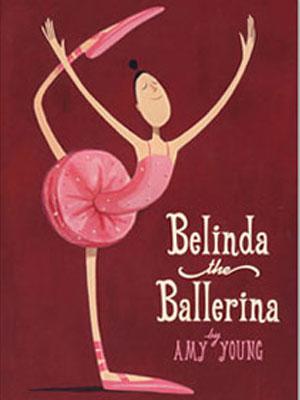
I live in Spring Lake, Michigan with my charming husband, Paul, and a cat named Xena, Warrior Kitty. Xena bosses us around a lot. My studio has a beautiful view of the marsh behind our house. I love animals, children and chocolate. Oh, and cupcakes.
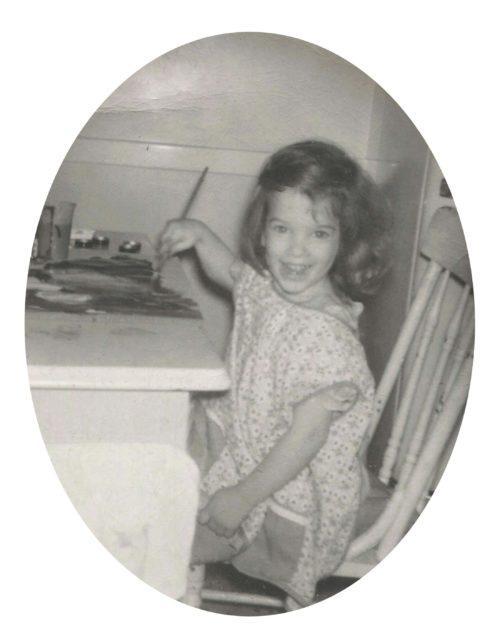
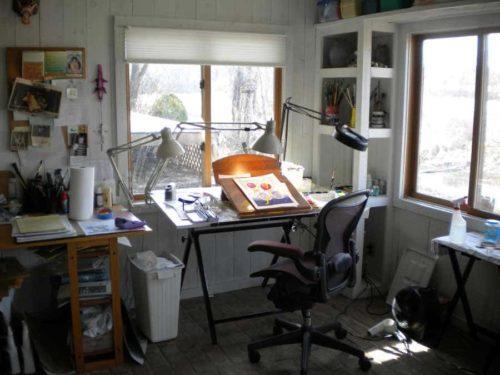
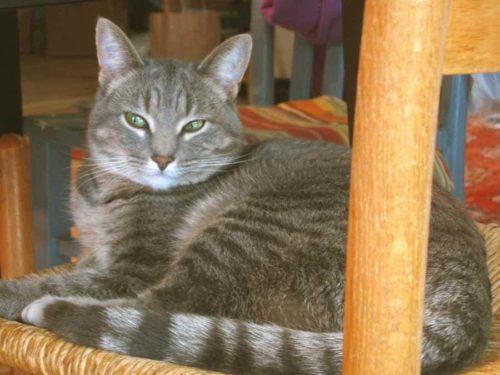


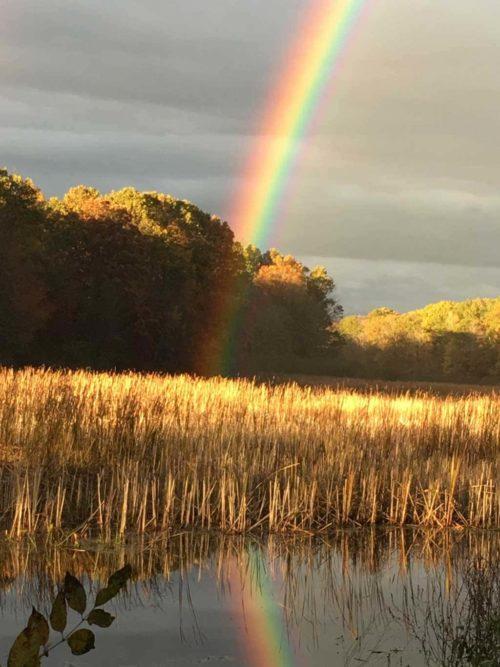
Amy Answers Some Questions
Where do you get your ideas?
Ideas are everywhere; the trick is to recognize which ones will make a good story. Some of my ideas come from things that happened to me when I was a kid, or how I felt when I was a kid. Some come from things my friends and family do. Some come from watching animals and imagining what they would say if they could talk. Some come from a random comment I overhear. And a lot of them are a mixture of all of the above. Usually, the best ideas come in the form of an interesting character who has a problem. The book is about resolving the problem. I really like to use humor in my books – and in my life.
How about A Unicorn Named Sparkle; where did that idea come from?
A Unicorn Named Sparkle popped into my head one day as I was taking a walk. I was thinking about ads that were in the backs of comic books when I was a kid. One ad was for SEA MONKEYS. Here is what the ad looked like:
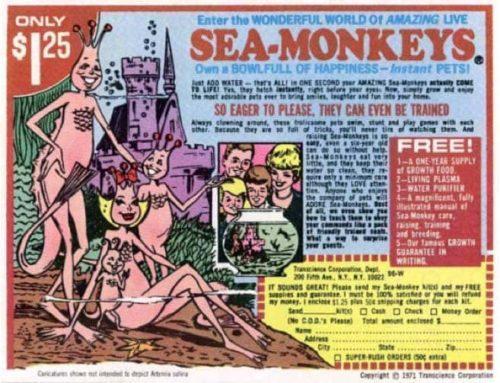
Here is what a real “sea monkey” looks like:
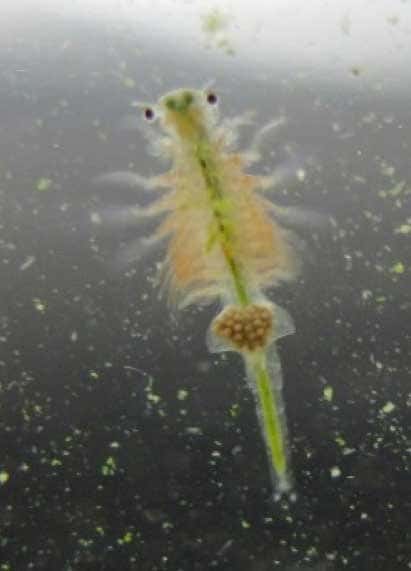
(For more information, click here)
Well, I wondered what might happen if a kid saw an ad for a unicorn in the back of a comic book. What would she be hoping for? What might be the reality? It was a very fun book to write.
Is Sparkle a Unicorn or a goat?
When I started to write about Sparkle, I didn’t decide one way or the other whether he was a unicorn or a goat. He just showed up in my imagination one day, just as he is. I have always thought of him as a unicorn who is a bit goaty, but a lot of people think that he is 100% goat. But here is a question for you: how many goats do you know who have one blue horn in the middle of their forehead, and who can make rainbows appear?
I want to write and/or illustrate books. What should I do?
If you are a kid: You should write and draw pictures, a lot! Sometimes a good way to learn is to copy the work of an artist you like, or to try to write a story about a character in a book you read. Just make sure to write and draw things from your own life, too. Those are the stories that no one but you can tell, and that makes them special.
If you are an adult: Everybody’s path is different, but if you want to get published, I would recommend several things.
First, join the Society of Children’s Book Writers and Illustrators. Attend their conferences and get to know other aspiring writers and illustrators. Follow their advice. I did, and it was a tremendous help.
Second, read books on the subject. There are a lot of good ones out there. The books I read when I was starting are out of date now, so find the current ones; the library may be able to help. Another great resource is the latest edition of Children’s Writer’s & Illustrator’s Market.
Finally, read as many children’s books you can. Read the new ones. Read the old ones. Read the good ones. Read the bad ones. Read them aloud. Read them to children. Read them to your goldfish. Develop that ear! Listen for the rhythm, the pacing, the syntax, the drama. Read!
Do you like cupcakes?
I sure do.